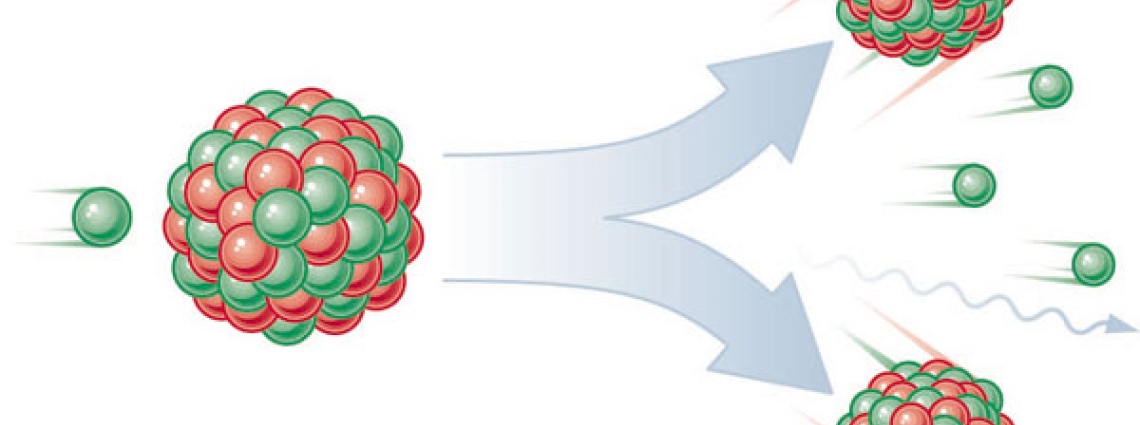New noble gas system installed in Vienna
Sniffing for radioxenon
A nuclear explosion emits radioactivity both in the form of radioactive particles (debris) and radioactive noble gases. They can be carried by the winds to one of the monitoring stations of the Preparatory Commission for the Comprehensive Nuclear-Test-Ban Treaty Organization (CTBTO). The detection of specific radionuclides provides unambiguous evidence of a nuclear explosion.
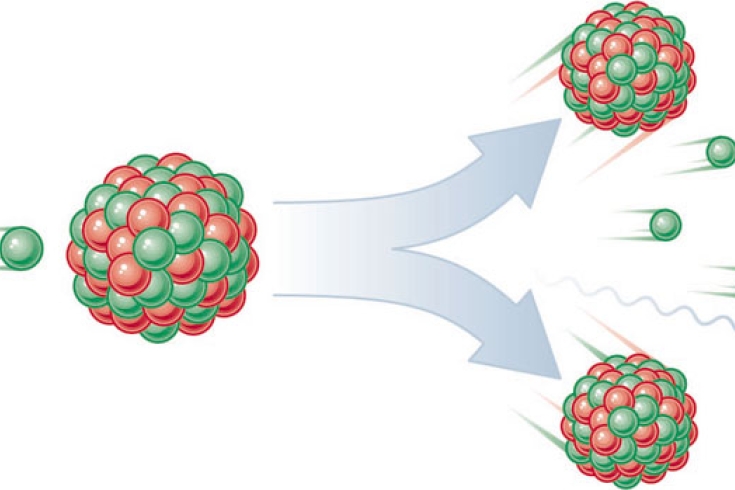
Nuclear fission produces the telltale radionuclides.
New noble gas rooftop facility
The radionuclide station on the rooftop of the Vienna International Centre was upgraded in January 2013 to detect radioactive noble gases as well. While not formally part of the CTBTO’s verification regime, the station serves as an equipment testing platform for innovations, upgrades and engineering solutions, as well as for training purposes. See the video above and CTBTO Maintenance Officer Owen Kilgour’s blog entry for impressions of the new system being installed. Subject to availability, visits to the radionuclide rooftop station are open to interested groups upon request.
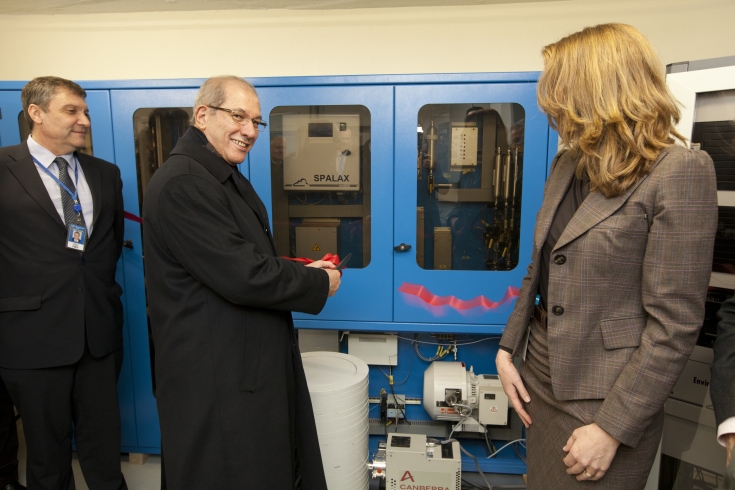
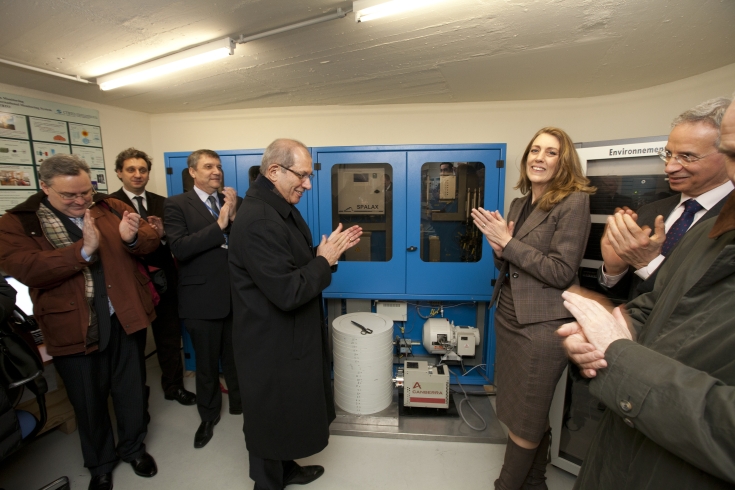
CTBTO and OPCW have evolved into institutions of knowledge and expertise toward the security of nations...We have partnered with the CTBTO and gained from their expertise.
Why noble gases matter
Radioactive noble gases are particularly relevant for detecting underground nuclear explosions. Typically the radioactive particles remain trapped in the explosion chamber during an underground test. Noble gases, however — their name emphasizes the fact that these elements are inert and rarely react with other chemicals — may escape through cracks to the surface.
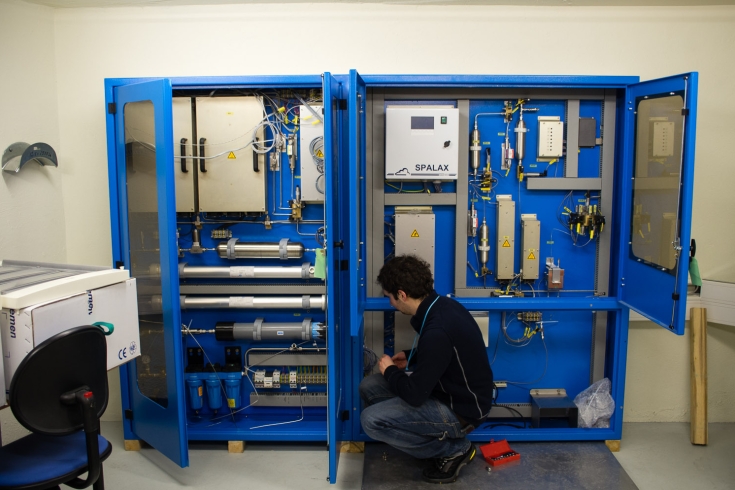
The rooftop noble gas system during installation.
Training the detection of radioactive noble gases during an on-site inspection simulation.
Boosting worldwide noble gas detection capabilities
The enhancement of the rooftop radionuclide station is part of the CTBTO’s wider effort to improve its noble gas detection capabilities. Over the past five years, the number of noble gas systems has increased from 11 to 30 (of a total of 40 systems). In addition, the noble gas systems have moved from an experimental status to being formally integrated into the system. The CTBTO receives strong backing from its Member States in support of this effort. Financial assistance has included recent voluntary contributions from the European Union aimed at increasing knowledge of radioxenon background levels and from Japan to improve Atmospheric Transport Modelling. This method is used to backtrack airborne radioactive material from where it is detected to the region it originated from and to predict where the radioactivity may be transported to.
The radionuclide network - click for interactive map.
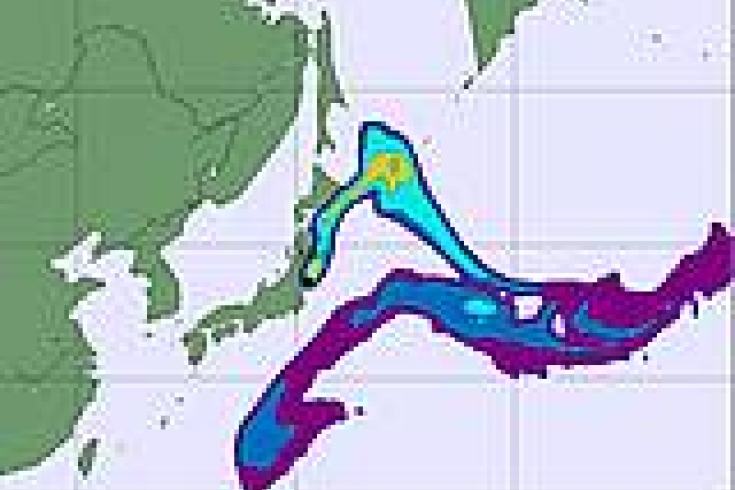
Click for ATM animation (ZAMG).
Working in synergy
The radionuclide stations are complementary to the three types of waveform stations which detect energy waves from a nuclear explosion in different environments: seismic for the ground, infrasound for the atmosphere and hydroacoustic for the oceans. Once complete, this global network of stations - the International Monitoring System (IMS) - will consist of a total of 337 facilities, of which 80 are radionuclide stations. To date, 294 (87%) of the IMS facilities have been installed.
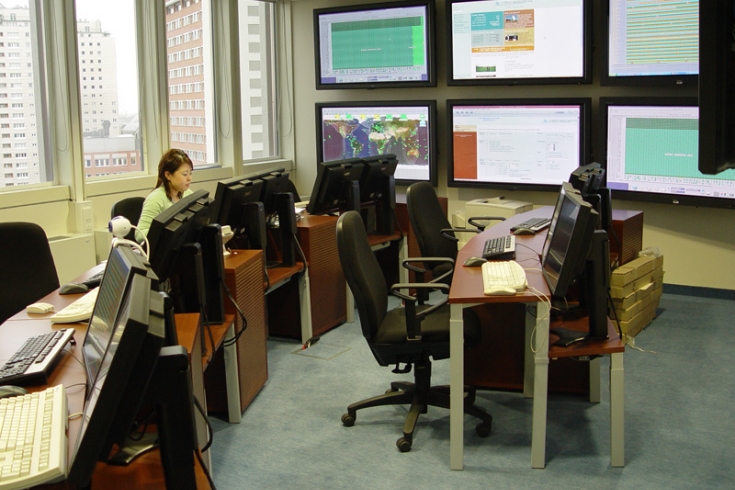
All data are analyzed at the International Data Centre at CTBTO headquarters.
15 Mar 2013
